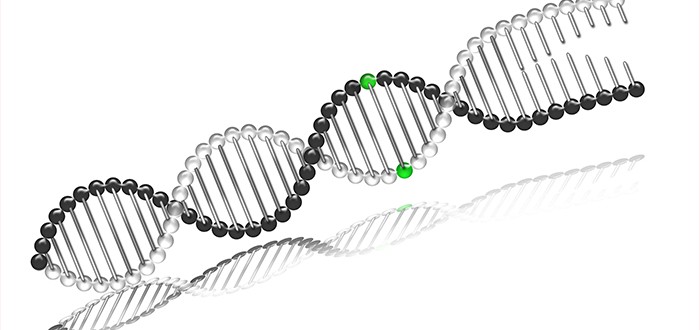Researchers at the University of Chicago have identified no fewer than five molecular markers which they contend serve as the most reliable mesothelioma diagnosis signs.
Researchers believe these markers, more than others, indicate that you have early stage mesothelioma.
The markers include p16, calretinin, WT-1, cytokeratin 5/6, and D2-40, also known as podoplanin.
The insights about these biomarkers are important for the reason that mesothelioma diagnosis is rarely easy or quick.
It’s difficult and slow because malignant mesothelioma looks a lot like benign mesothelial lesions. It also looks a lot like carcinomas, sarcomas and other cancer types.
That matters because doctors won’t start treating you until they know for sure what you’ve got. If they have to delay mesothelioma treatment, the disease gets a big head start on you.
The researchers further determined that a mesothelioma doctor attempting to make a mesothelioma diagnosis should use at least two of these top-rated biomarkers, plus two carcinoma markers.
Doing so will further improve mesothelioma diagnosis reliability. It will also help make it faster to complete a mesothelioma diagnosis.
Use a Minimum of Two Mesothelioma Biomarkers
Writing in the journal Archives of Pathology & Laboratory Medicine, the researchers made their observations after carefully reviewing studies contained in numerous publications and text books. They also heavily analyzed what other pathologists had to say about the matter.
The researchers’ goal was to assess the universe of immunohistochemical, cytogenetic and molecular markers for malignant mesothelioma diagnosis.
They found that up to 70 percent of the primary epithelioid mesotheliomas are characterized by deletion of the p16 gene. Among sarcomatoid pleural mesotheliomas, p16 deletion is present in 90 percent or more of the cases.
As a result, p16 deletion is probably the best single sign that a patient has malignant mesothelioma. One reason it’s such a good indicator is that p16 deletion doesn’t occur in benign mesothelial lesions.
Another observation they made was that ten percent of malignant mesothelioma tumors are pleomorphic. That means the tumor is made up of many different tissues.
By combining tissues into a single tumor, it seems to introduce the worst attributes of each type of tissue to the whole.
Consequently, mesothelioma patients whose tumors are pleomorphic can expect the disease will be particularly brutal. Poor survival is the prognosis in that event.
On the Cutting Edge of Mesothelioma Research
The University of Chicago researchers involved in the study belong to the school’s Department of Pathology. This department has been very active in the fight against mesothelioma.
Earlier this year, the Chicago Pathology Society named a University of Chicago Pathology Department member as the winner of the 2015 Resident Research Competition.
The award was won on the strength of the pathologist’s study entitled “BAP1 Loss Portends Improved Prognosis in Malignant Pleural Mesothelioma Due to Frequent Association with Epithelioid Morphology.”
In that study, it was found that BRCA-associated protein 1 — BAP1 — stops working to suppress mesothelioma tumors when it sustains allelic loss or becomes mutated.
The university’s researcher wondered if this malfunctioning of BAP1 was greater in one subtype of mesothelioma than in the others. So the researcher looked at 57 cases of epithelioid mesothelioma, 48 cases of biphasic mesothelioma and 10 cases of sarcomatoid mesothelioma.
As it turned out, BAP1 inactivation is not significantly different from one mesothelioma subtype to the next. However, the important finding was that BAP1 loss can be used to distinguish malignant epithelioid mesothelioma cells from benign epithelioid mesothelial cells.
That means BAP1 can be an aid in making more reliable mesothelioma diagnoses.


